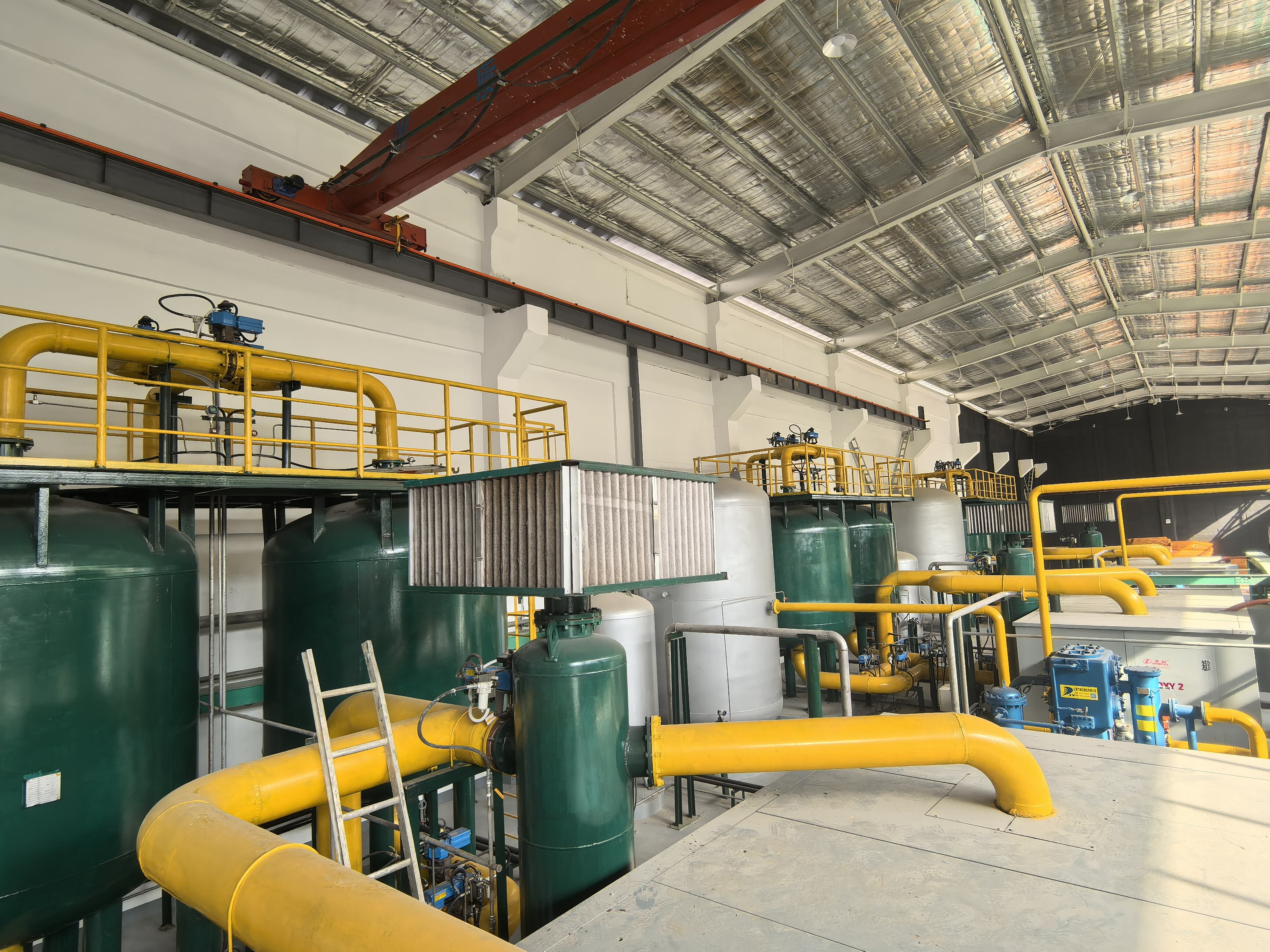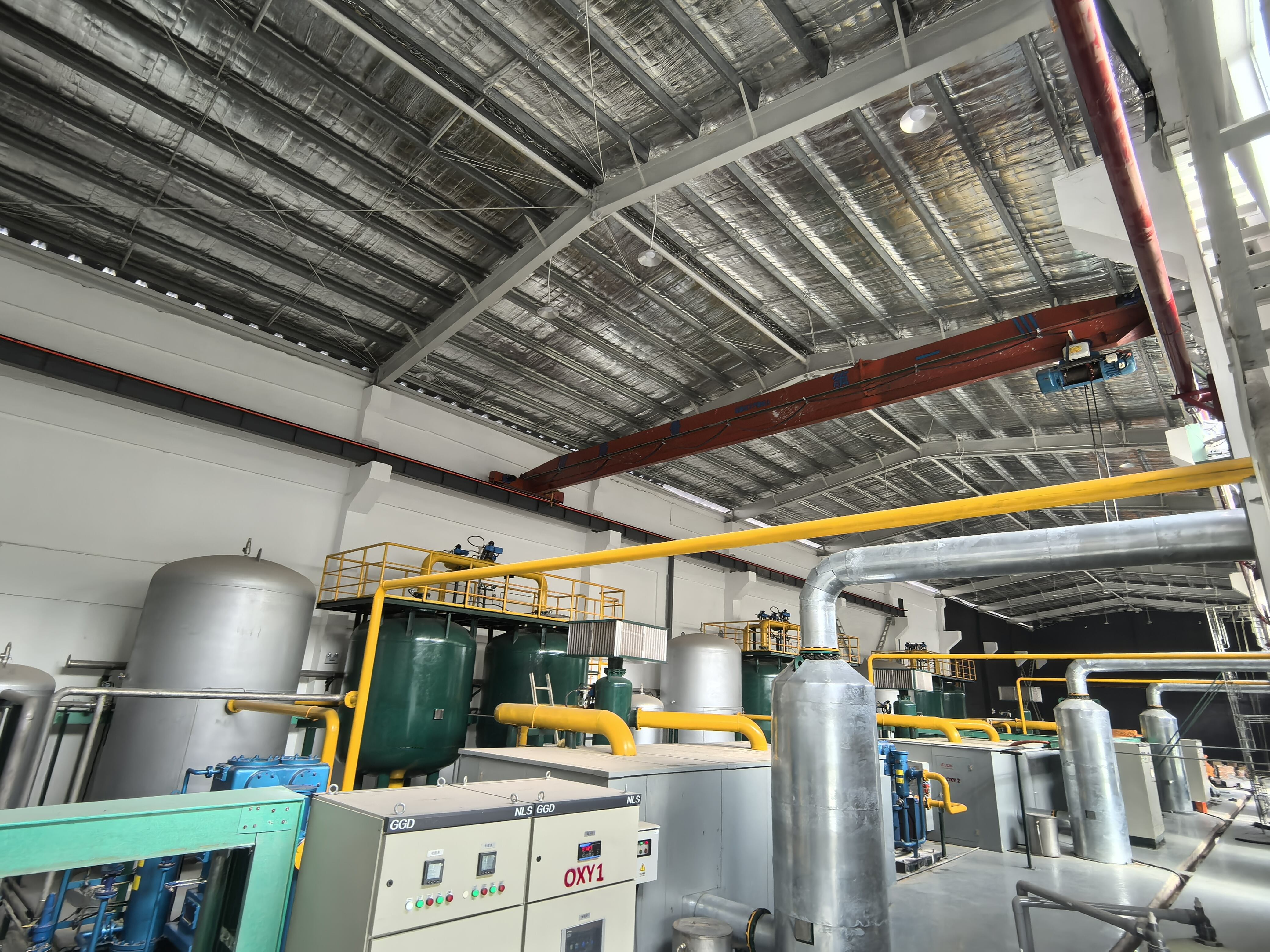vpsa oxygen generator system
The VPSA (Vacuum Pressure Swing Adsorption) oxygen generator system represents a cutting-edge solution for on-site oxygen generation, delivering high-purity oxygen through an advanced molecular sieve technology. This innovative system operates by utilizing two vessels filled with zeolite material, which selectively adsorbs nitrogen from ambient air while allowing oxygen to pass through. The process alternates between pressurization and vacuum phases, creating a continuous flow of high-purity oxygen. Operating at lower pressure compared to traditional PSA systems, VPSA technology significantly reduces power consumption while maintaining excellent oxygen output. The system incorporates sophisticated control mechanisms, including pressure sensors, flow meters, and oxygen analyzers, ensuring consistent performance and reliability. With oxygen purity levels typically reaching 93% to 95%, VPSA systems can produce anywhere from 100 to 40,000 Nm3/h of oxygen, making them suitable for various industrial applications. The modular design allows for easy installation, maintenance, and future capacity expansion, while the automated operation minimizes the need for constant operator intervention. These systems have proven particularly valuable in industries such as steel manufacturing, glassmaking, wastewater treatment, and medical facilities, where a reliable and cost-effective oxygen supply is crucial.


